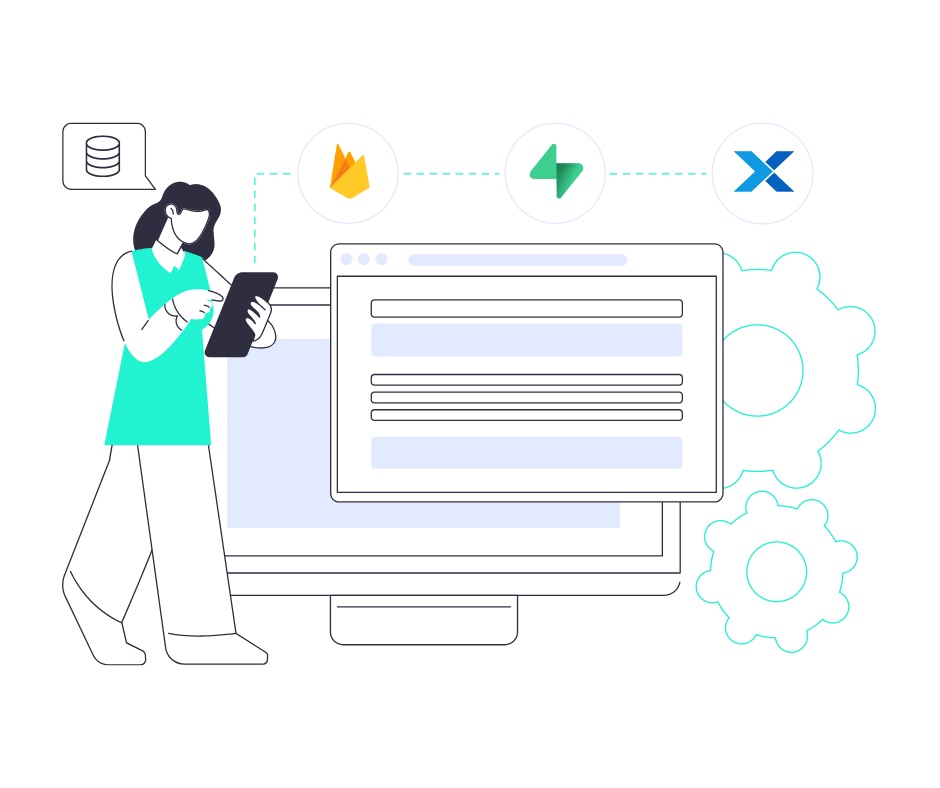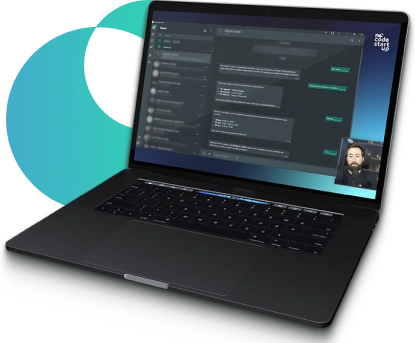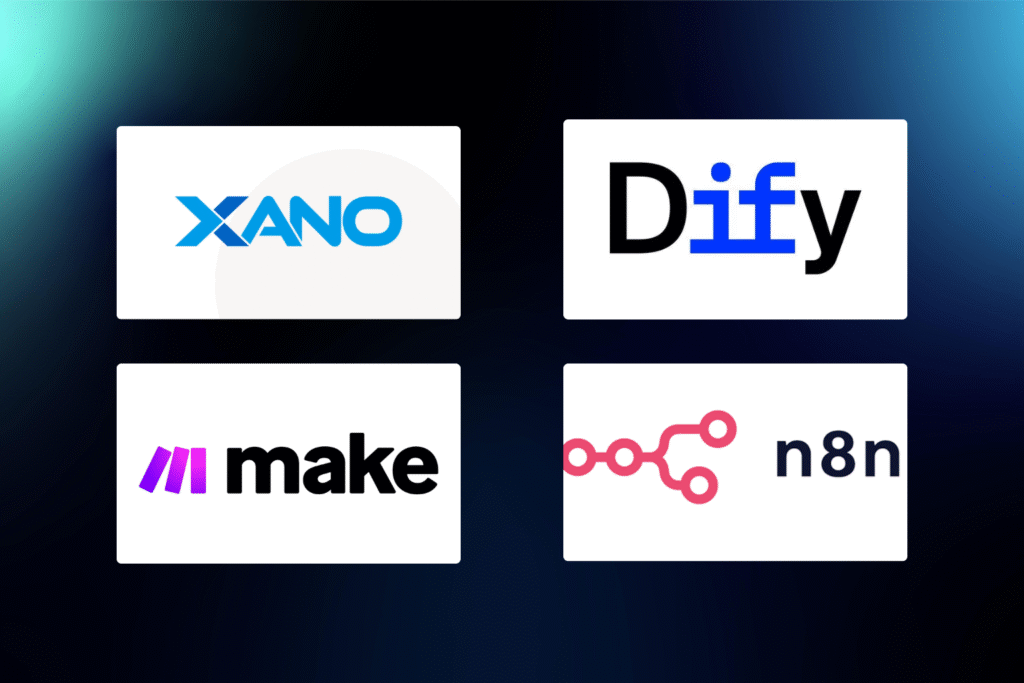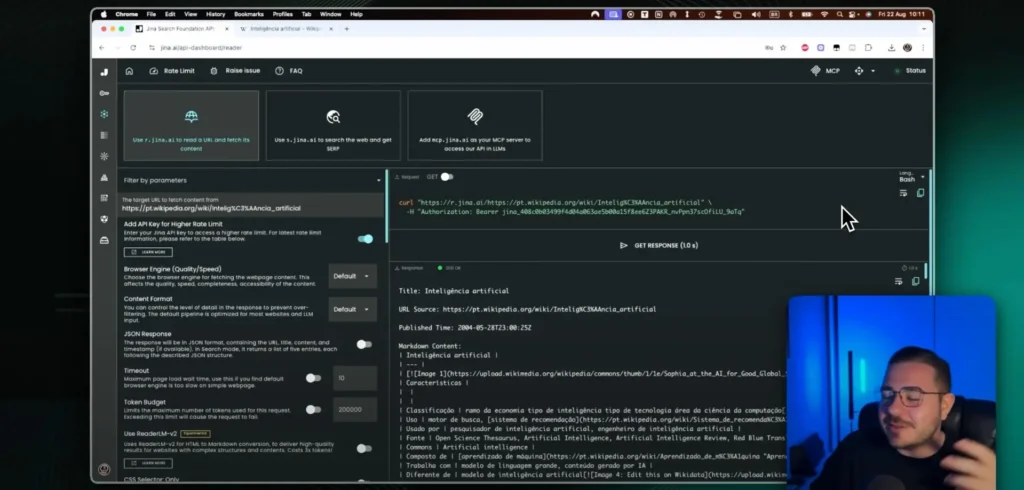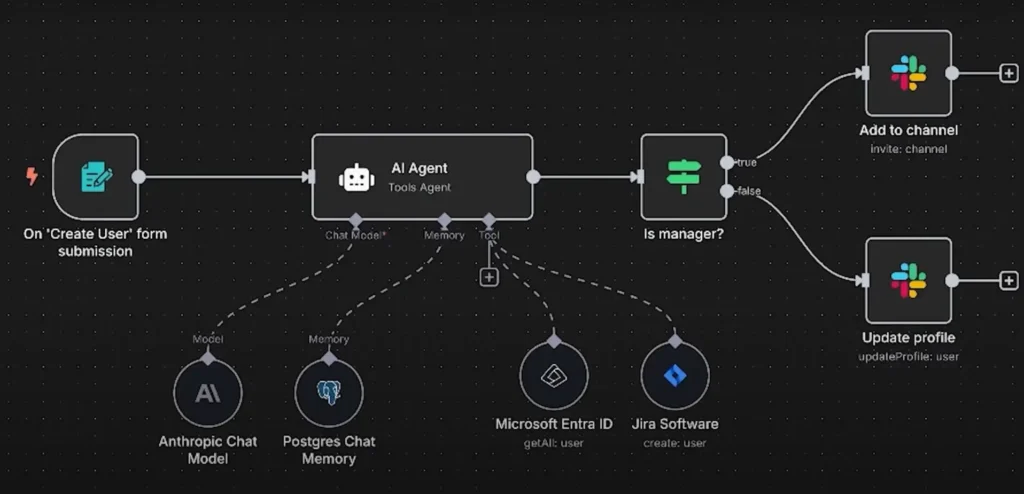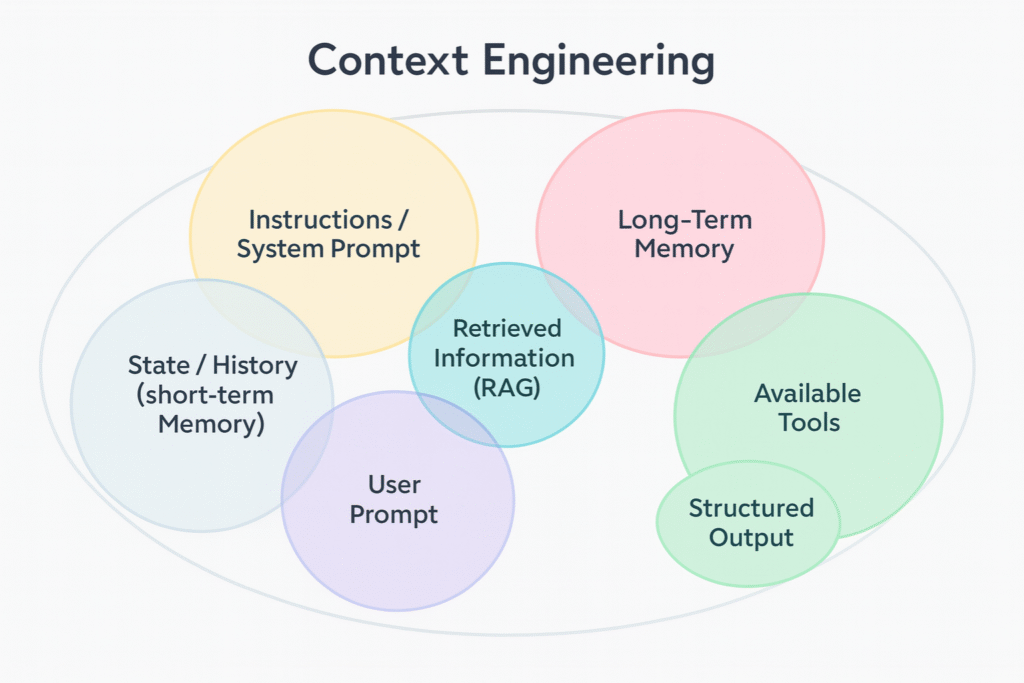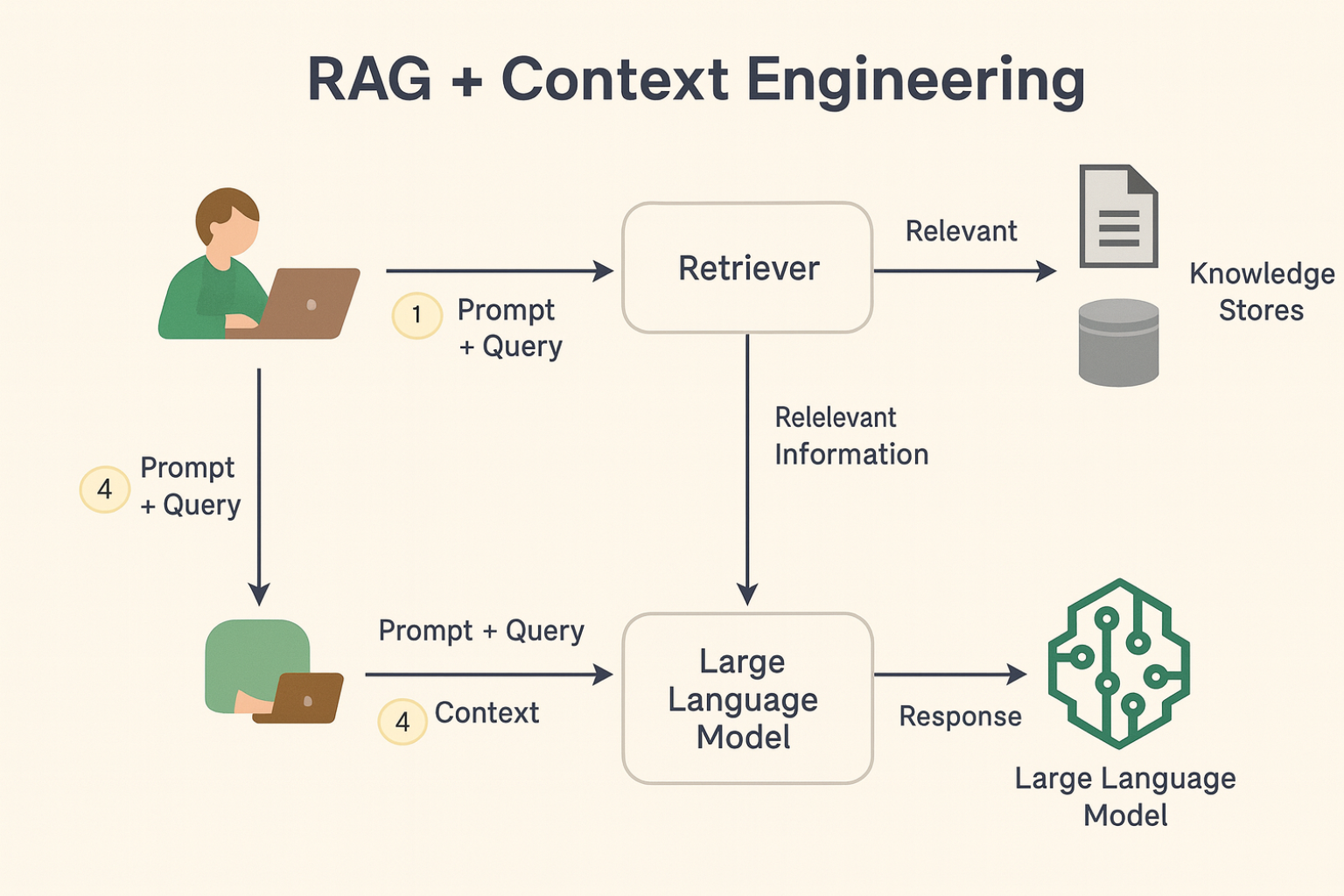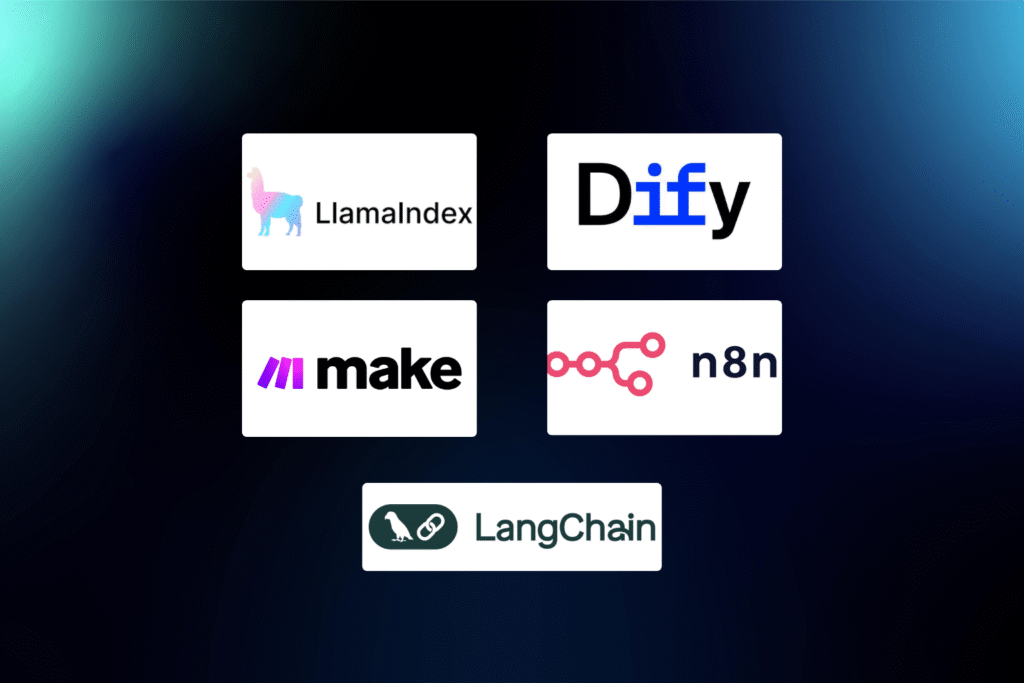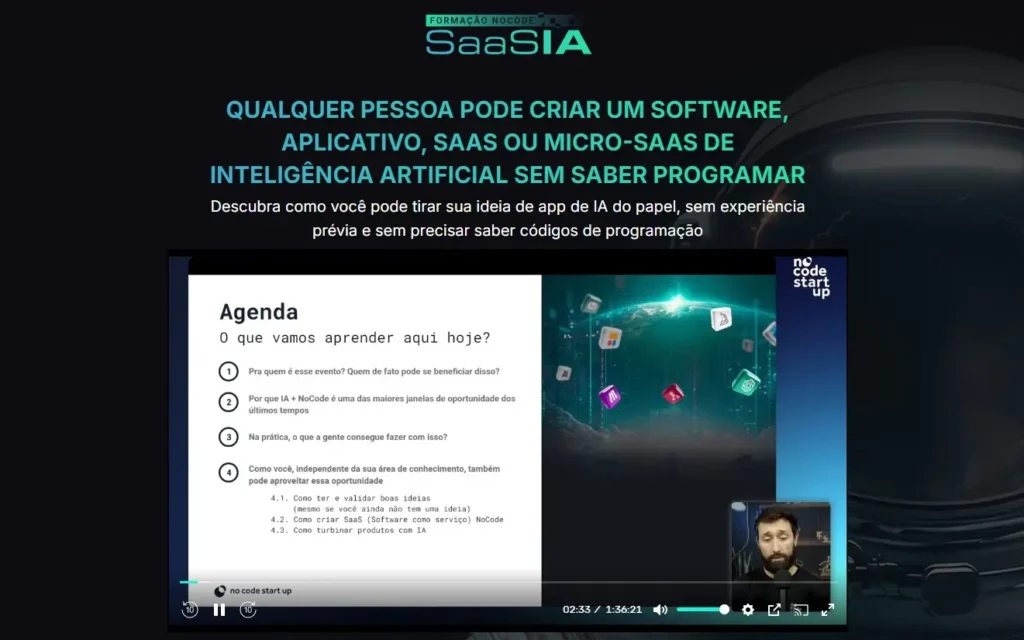Neste artigo, vamos analisar e comparar os melhores backends nocode disponíveis no mercado para auxiliá-lo a escolher a opção mais adequada para o seu projeto.
Levaremos em consideração diversos fatores, como funcionalidades, precificação, comunidade e evolução no mercado.
Após uma extensa pesquisa, selecionamos três backends nocode para analisar em detalhes: Firebase, Supabase e Xano.
Table of Contents
Frontend VS Backend
Antes de prosseguirmos, é importante entender a diferença entre frontend e backend. O frontend é responsável pela parte visual de um aplicativo, incluindo a lógica, a experiência do usuário (UX/UI). No fluxo moderno o front consome APIs and serviços de auth/storage (a conexão direta ao DB é rara e indesejada).
Já o backend é responsável pelo banco de dados, autenticação, armazenamento de mídias, ações do servidor e webhooks.
Resumindo:
- Frontend: tudo que o usuário vê e interage (UI/UX, estado, chamadas HTTP para APIs).
- Backend: banco de dados, autenticação/autorização, APIs/funcões (server/edge), armazenamento e integrações (webhooks/filas).
No no-code/low-code, você orquestra esses serviços em plataformas que já entregam API + Auth + Storage prontos como Firebase, Supabase e Xano.
Qual Escolher em 10s?
| Platform | Backend Recomendado | Justificativa |
|---|---|---|
| FlutterFlow | firebase | Integrações nativas |
| Bubble | Xano | Backend visual rápido |
| WebWeb | Supabase | Relacional e custo/benefício |
Riscos & Limites Rápidos
| Tipo de Risco/Limite | Descrição |
|---|---|
| Lock-in | Regras, migração de dados |
| Limites de planos/free tiers | Leitura/escrita no Firebase; faixas do Supabase; Starter a partir de US$29/m no Xano — novidade 2025 |
firebase
Firebasand é o backend mais natural para FlutterFlow, porque o framework já traz widgets e integrações nativas.
O banco de dados é o Firestore (NoSQL orientado a documentos), acompanhado do Realtime Database em casos de sincronização simples.
- Quando evitar: se você precisa de joins complexos or relacional clássico (ex.: ERP, BI), ou se teme lock-in (Firestore não migra fácil).
- Quando usar: apps em FlutterFlow, MVPs rápidos, push notifications, auth via Google/Apple, apps mobile-first.
Planos (2025):
- Spark (grátis): 50K leituras/dia, 1GB storage.
- Blaze (pay as you go): paga por leitura/escrita/GB.
Tip: para apps que crescem rápido, os custos de leitura podem explodir.
Supabase
Supabase é a escolha certa para quem precisa de dados relacionais (Postgres completo). É open-source, com hospedagem gerenciada. Oferece Auth pronto, APIs REST/GraphQL automáticas, Realtime, Edge Functions, Storage CDN e até Vector DB para IA.
- Quando usar: SaaS multiusuário, apps que precisam de joins e relatórios, dashboards em WebWeb or Next.js.
- Quando evitar: se você não tem experiência mínima com SQL, ou se precisa de algo 100% visual (Supabase exige lidar com queries).
Planos (2025):
- Free: 500MB DB + 1GB storage.
- Pro: US$ 25/mês até 8GB DB.
Enterprise: escalável, SLA dedicado.
Tip: ótimo custo/benefício até 10–20K usuários ativos.
Xano
Xano entrega um backend 100% no-code, focado em criar APIs personalizadas sem precisar de SQL. Traz um editor visual de lógica, ideal para quem não é dev mas precisa de flexibility.
- Quando usar: projetos no Bubble or Adalo, MVPs que exigem lógica de negócios complexa (ex.: cálculos, workflows, filtros avançados).
- Quando evitar: se você precisa de SQL relacional completo ou quer evitar vendor lock-in (migração difícil).
Planos (2025):
- Starter: US$ 29/mês (até 5GB DB e 100K requests).
- Growth: US$ 99/mês.
- Escala: Enterprise sob demanda.
Tip: comparado ao Firebase, você ganha mais controle sobre lógica and menos surpresas de custo.
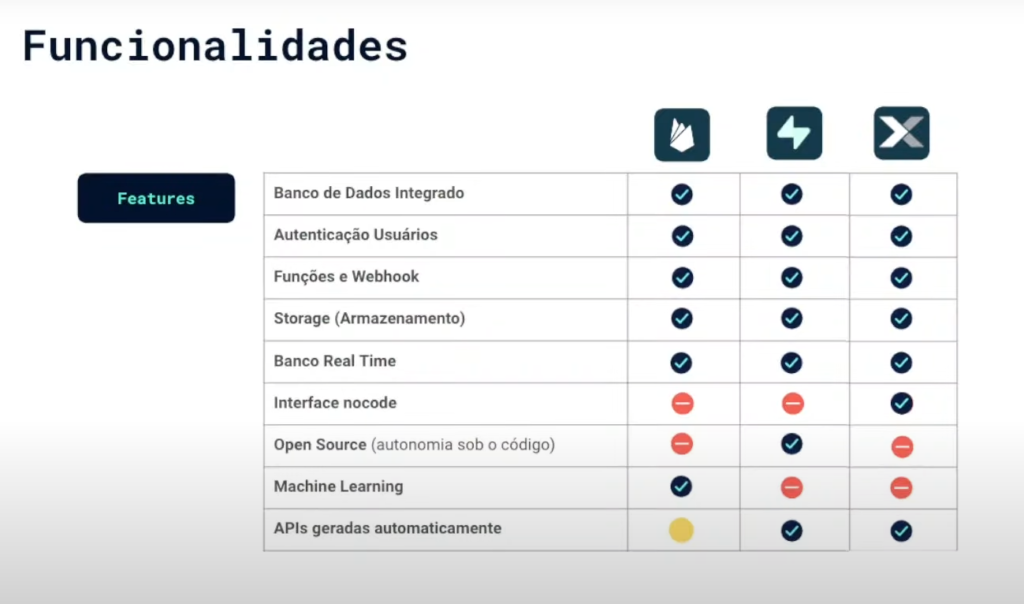
Backend pricing
Os preços das ferramentas variam de acordo com o uso e as funcionalidades escolhidas. O Firebase, por exemplo, cobra de acordo com a leitura e a edição do banco de dados.
Já o Supabase possui um plano gratuito e um plano Pro, com excelente custo-benefício. O Xano tem um custo um pouco mais alto, mas há rumores de que irão oferecer planos regionais com preços mais acessíveis para o Brasil e outras regiões.
Tabela Comparativa:
| Platform | Free Tier | Plano Pago Inicial | Modelo de Custo | Melhor Para |
|---|---|---|---|---|
| firebase | 50K leituras/dia + 1GB storage | Pay as you go | Por leitura/escrita/storage | Apps mobile no FlutterFlow |
| Supabase | 500MB DB + 1GB storage | US$25/mês (8GB) | Preço fixo (escalável) | SaaS, dashboards relacionais |
| Xano | — | US$29/mês (5GB + 100K requests) | Tiers de uso | MVPs em Bubble/Adalo com lógica complexa |
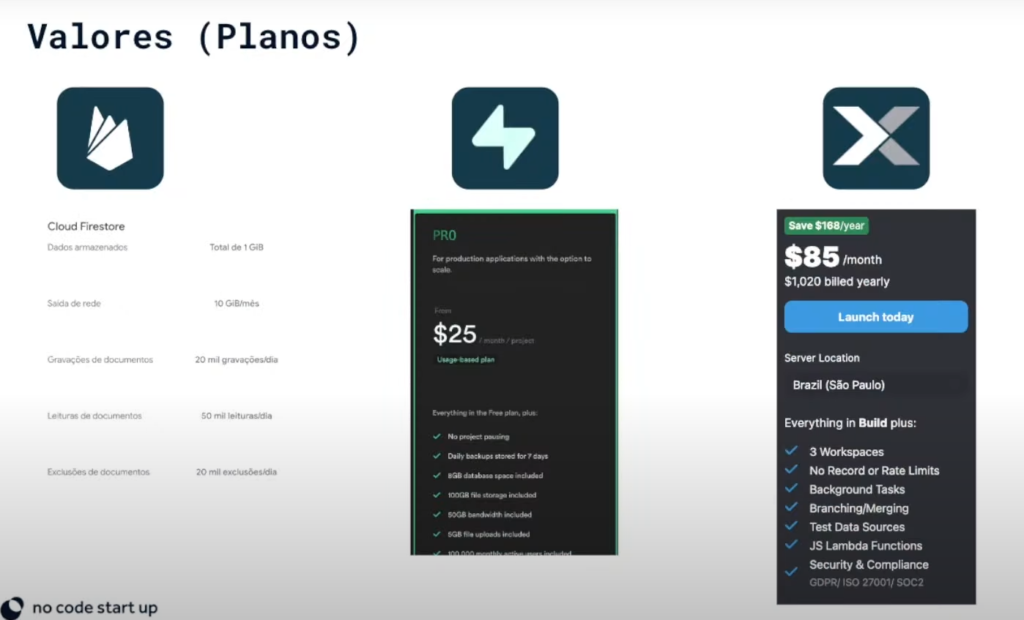
Main Differences between Nocode Backends
Cada backend possui seus diferenciais e aplicações ideais. O Firebase é indicado para projetos que exigem flexibilidade no banco de dados não relacional e integrações com os serviços do Google.
O Supabase é recomendado para projetos com banco de dados relacional e que demandam facilidade de uso e custo-benefício.
Por fim, o Xano é ideal para projetos 100% no code, oferecendo flexibilidade, facilidade de aprendizado e independência.

Matriz de Decisão (casos de uso):
| Caso de Uso | Melhor Escolha | Motivo |
|---|---|---|
| App mobile em FlutterFlow | firebase | SDK e integração nativa |
| SaaS multiusuário (WeWeb, Next.js) | Supabase | Relacional + API pronta |
| MVP em Bubble/Adalo | Xano | Backend visual rápido |
| Projeto que exige joins complexos | Supabase | SQL completo |
| Projeto que exige lógica custom sem SQL | Xano | Editor de lógica visual |
| Protótipo rápido e barato | firebase | Free tier robusto |
Conclusão: qual backend no-code escolher?
Não existe “o melhor” universal.
- Se você está no FlutterFlow, comece pelo Firebase.
- Se precisa de SQL relacional e previsibilidade de preço, vá de Supabase.
- Se quer construir lógica visual sem código em Bubble/Adalo, Xano é seu aliado.
O mais importante é testar rapidamente com seu front-end e validar o custo no seu cenário.
Tenha acesso a todas as formações nocode startup em uma única assinatura e com a melhor condição disponível
